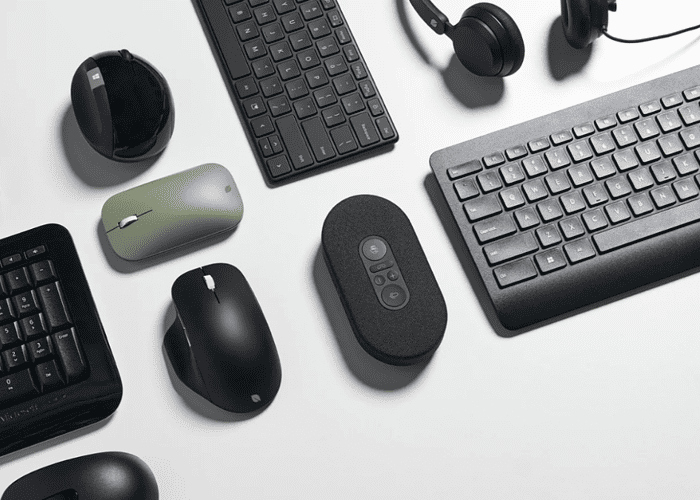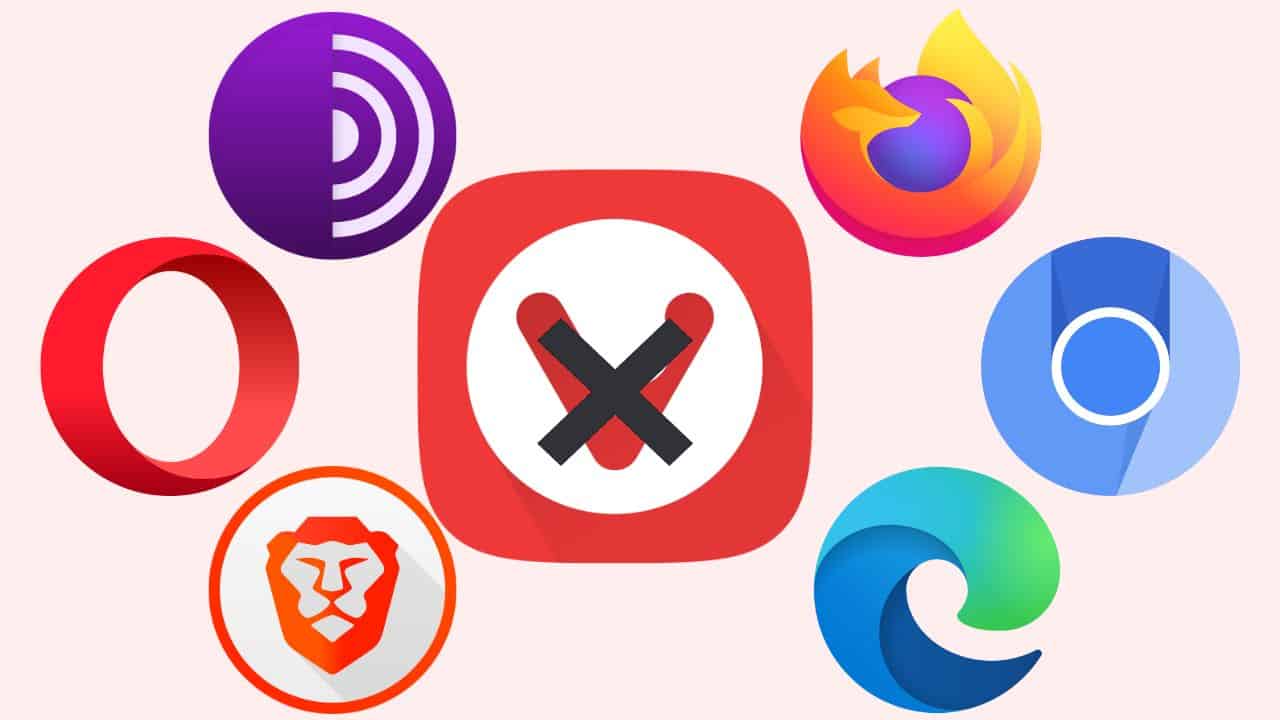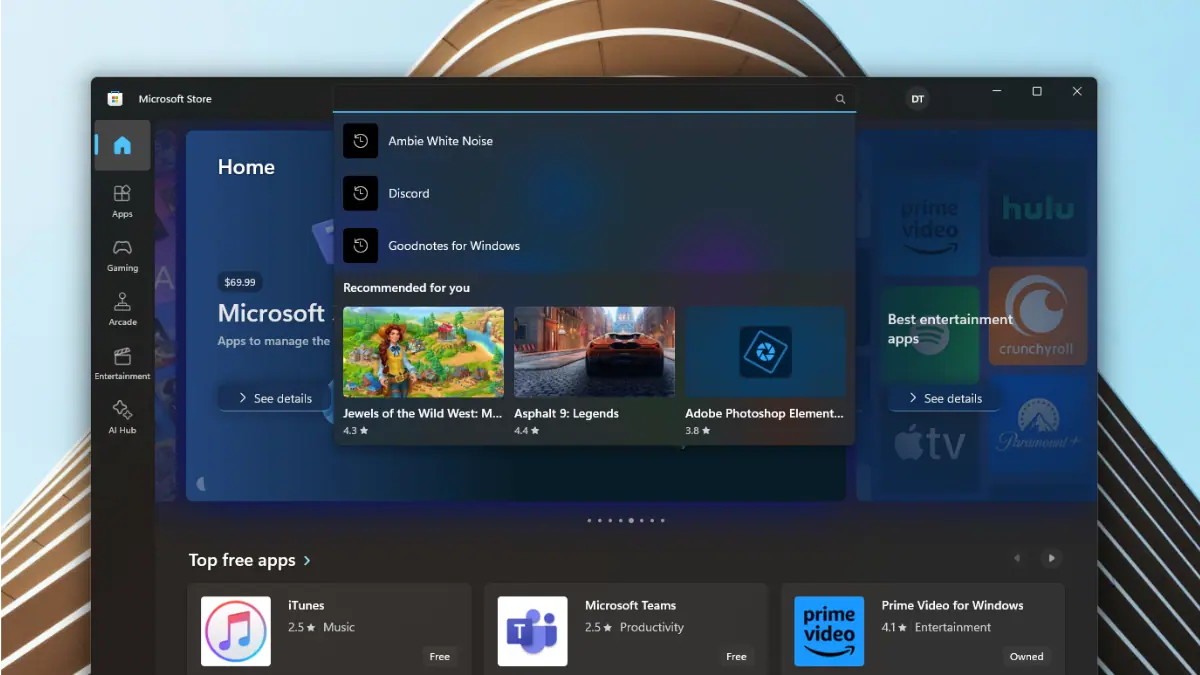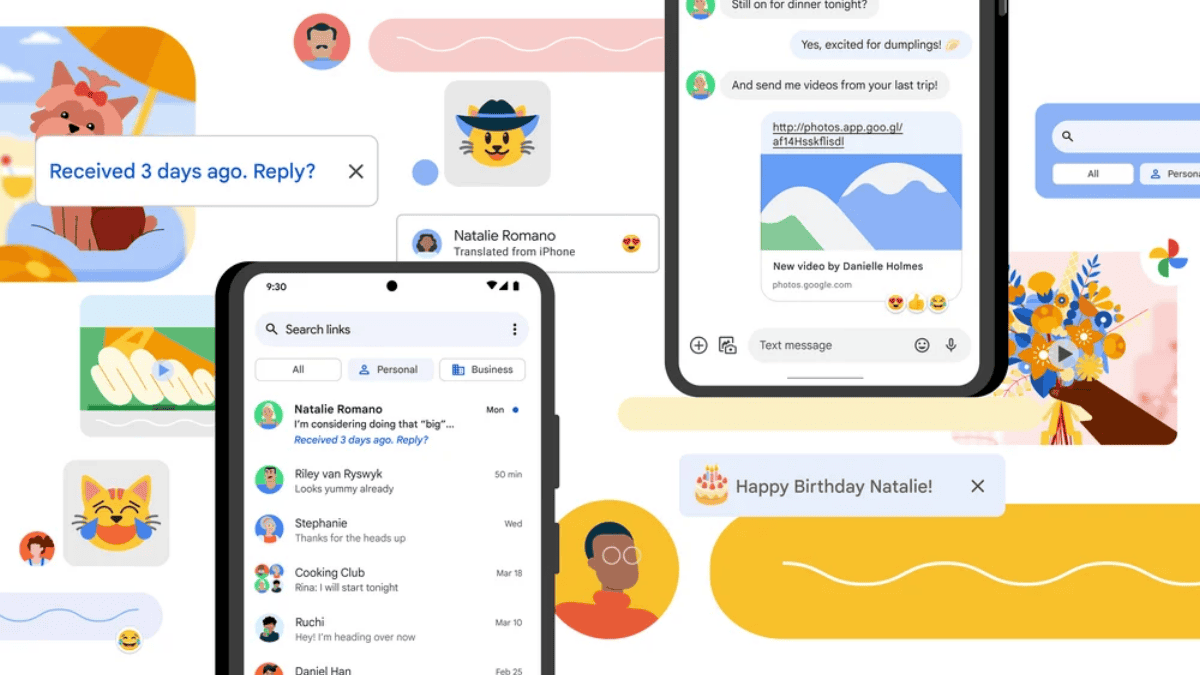Users unhappy with rapid UI and product changes in the Microsoft ecosystem
2 min. read
Published on
Read our disclosure page to find out how can you help MSPoweruser sustain the editorial team Read more
Key notes
- Windows users want more control over updates and dislike frequent UI changes.
- Inconsistent interface layouts make it difficult for users to navigate the system.
- The existence of similar Microsoft applications creates confusion for users.

A recent discussion thread on Reddit has surfaced recurring themes related to user experience within the Windows operating system.
Users have shown their need for more predictability and control over system updates. They find unanticipated reboots and frequent changes to the user interface to be disruptive to their workflows. The general sentiment is in favor of stable interfaces. Users have said that they prefer updates that introduce new features in a more controlled manner rather than sudden and significant changes.
Concerns were regarding frequent UI changes that alter the placement and appearance of buttons and menus. (Show desktop icon? Copilot key?) This inconsistency makes it difficult for users accustomed to a specific layout to navigate the system efficiently.

The discussion highlighted confusion surrounding the existence of multiple Microsoft applications with seemingly overlapping functionalities. Examples included Teams and the “Consumer Teams” app.
Home teams, old teams, new teams, outlook, new outlook, just **** *** already. Yeah, I hear you. Of course, it’s not going to happen, though

The inclusion of advertisement prompts within paid subscriptions generated user dissatisfaction.
The software industry’s rapid development cycles could contribute to unannounced changes and frequent UI adjustments, just like Google released MiUI-looking icons in Android 15 beta, which I am not a big fan of.
While Windows maintains a strong presence in the operating system market, this feedback highlights the importance of the user experience in software development. Finding a balance between innovation and user needs will be crucial for Microsoft to maintain user satisfaction in the long run.
More here.








